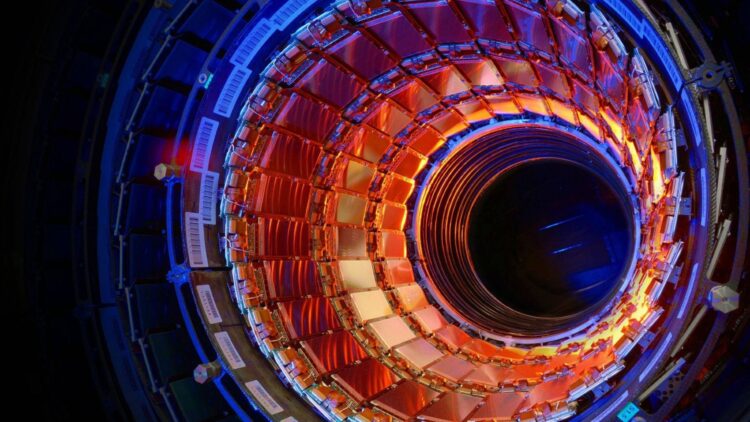CERN’s Large Hadron Collider has been the focus for many years regarding groundbreaking advancements in particle physics. However, a recent experiment has created new interest. A new outcome of the NA62 experiment has raised doubts about the accuracy of the Standard Model in physics.
This discovery can be evidence of some gap in our knowledge about the universe’s fundamental forces. This discovery may well redefine the future of physics research, but the very nature of the discipline as scientists continue to study this result.
The NA62 experiment unveils an anomaly defying expectations
CERN’s LHC experiment was experimenting recently when it came across an unusual instance of kaon decay, which goes against the Standard Model in particle physics. Kaons, subatomic particles, were believed to decay in a certain way, one in ten billion.
However, the specific decay rate was 13 times in 100 billion kaons. Although this disparity is rather significant, it is insufficient evidence for a new theory. It brings a considerable number of questions for which additional research is necessary.
If this continues in the succeeding experimental tests, then the prevailing Standard Model in physics could be changed. The Standard Model has been the theory of how the universe is built from its most fundamental particles for the last four decades.
It explains how particle particles come into force through forces like gravity force, electricity, and other forces of a nuclear kind. However, such discrepancy opens doors for believing that there is much more to this universe than the standard model, like the case of kaon decay.
This has led scientists to look for “new physics” to explain these differences. The present results, however, are far from compelling enough to overturn the Standard Model. Instead, they draw attention to the deficits of existing research that need to be addressed.
How the Higgs boson discovery paved the way for new physics
LHC has proved to be very useful in the search for new physics. It is perhaps its most famous accomplishment, the discovery of the Higgs boson in 2012, which filled in the last missing piece in the standard model of particle physics – the mechanism of mass.
Afterward, people wanted to find something extra- physics beyond the standard model- to look for new particles or forces in the world. However, new physics has not yet been found in various LHC searches, including Higgs boson pair production, as reported in the ATLAS experiment results.
However, the absence of data in this case does not eliminate the possibility, so the researchers intend to continue experiments in this direction to achieve more successful outcomes.
Why future upgrades to the LHC could revolutionize science
CERN’s Large Hadron Collider is currently expected to receive significant upgrades in the next few years, and this would make a huge difference. Such improvements include raising proton energies, which would bring more particle interactions in each test, improving the likelihood of picking unusual phenomena such as Higgs boson pair production.
With these improvements, the LHC could provide new knowledge about the nature of the universe. It’s only a matter of time before new generations of scientists improve their experiments and data analysis methods. Then, the next decade may bring the discovery that either supports or disproves the existence of the Standard Model.
The recent analysis of the results obtained at CERN proves that scientific research is an unceasing process. As with most experiments, the results have provided more questions than answers, but at the same time, they have presented new areas of investigation.
The future of physics is that the unexpected, in seemingly esoteric phenomena such as kaon decay, are the directions toward an entirely new world. In future experiments, we may know that what we know today is just the tip of the iceberg.

